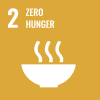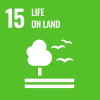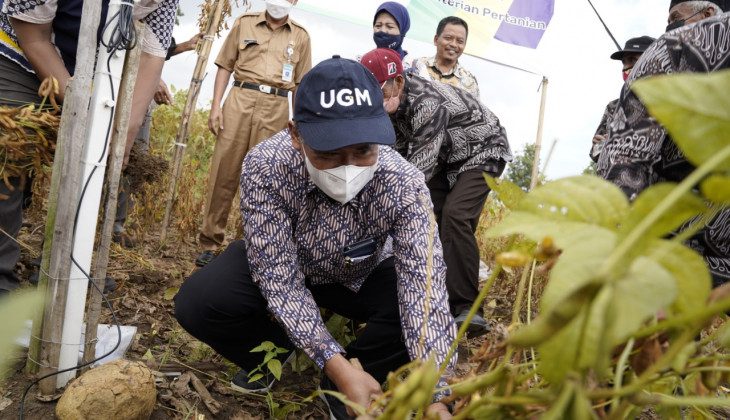


The Smart Agricultural Enterprise (SAE) developed by the UGM Faculty of Agricultural Technology has increased the productivity of soybean yields, as seen from the recent harvest of the local variety Grobogan which reached 2.4 tonnes per hectare. In the project that utilized 400 hectares of land in Bantul, Universitas Gadjah Mada (UGM) collaborated with the government of Bantul Regency, Java Agro Prima, and local farmer groups.
Dean of the Faculty of Agricultural Technology Prof. Eni Harmayani said SAE-based soybeans were of high quality and had met standards specified by the Seed Certification and Supervision Agency of Yogyakarta. The SAE can help realize food sovereignty and self-sufficiency through increased national soybean production.
“The SAE, which includes a real-time Field Monitoring System (FMS) device, an agricultural traceability app, intensification of regenerative farming, equipment assistance, and improved post-harvest facilities, assists farmer groups in increasing yield quality and productivity,” said Harmayani, Monday (14/3).
UGM Rector Prof. Panut Mulyono added the quality of SAE-based soybeans is level with imported ones, hence can compete in the market. With various research and development efforts, Mulyono hopes Indonesia can become self-reliant and no longer need to import. However, as the production per hectare is around 1.6 tons, the pursuit of self-reliance in soybeans is sometimes still in doubt.
“With the SAE, it can reach 2.4 tonnes per hectare. It is promising and must continue to develop. Hopefully, Bantul can be an example for other regions,” said Mulyono.
The Rector said the government was serious and committed to realizing food estate. If Indonesia’s productivity can catch up with the US, he believes many investors will come to the country. He calls for multiple-helix collaborations to make this happen.
Head of the Department of Agriculture and Food Security of Bantul Regency Joko Waluyo expressed his gratitude for the harvest. Despite being done in the off-season, the yield has increased to 2.4 tonnes (usually only 1.4 – 1.6 tonnes per hectare). According to Waluyo, Bantul still has hundreds of hectares of uncultivated land, and about 80 hectares of them would receive assistance from UGM with the SAE.
“We hope, with the SAE, the production can double from the previous ones,” said Waluyo.
Source: https://ugm.ac.id/id/berita/22355-ugm-panen-kedelai-varietas-grobogan-program-sae-kedelai



